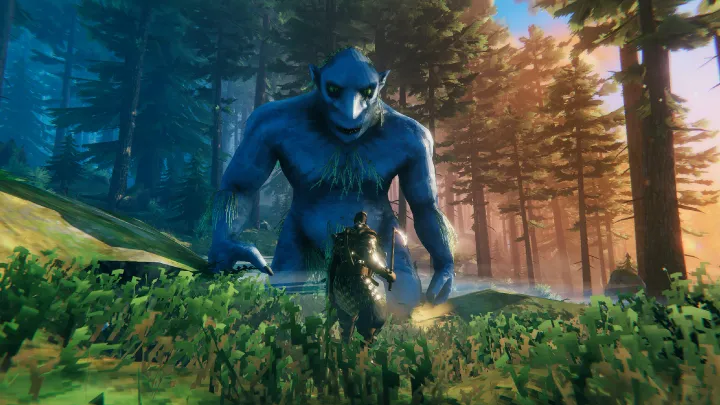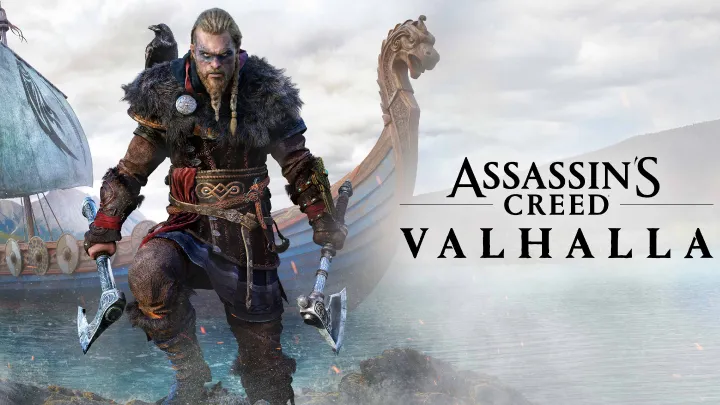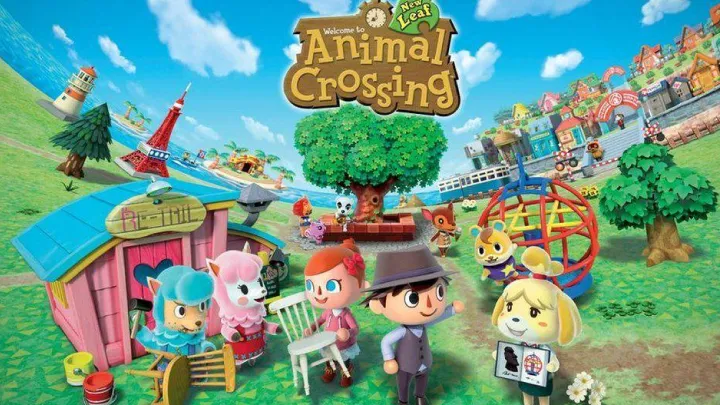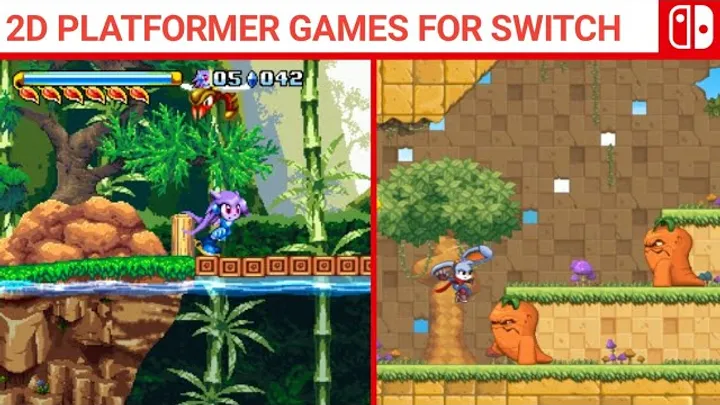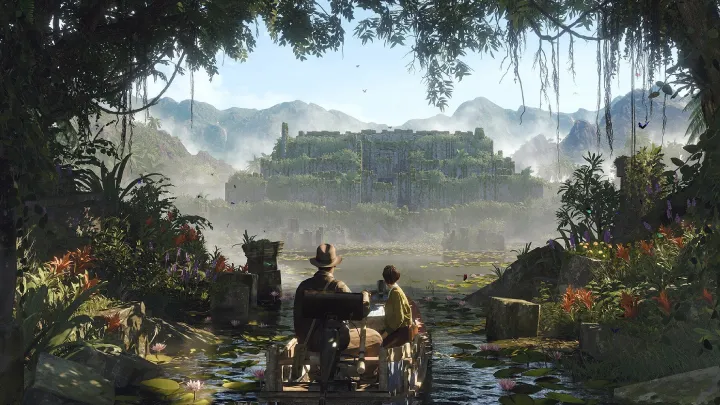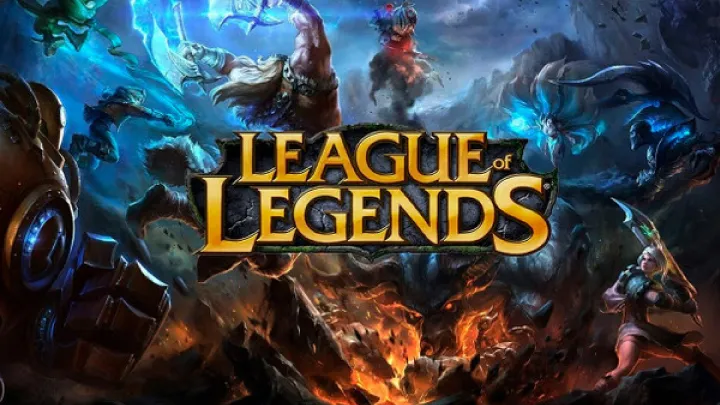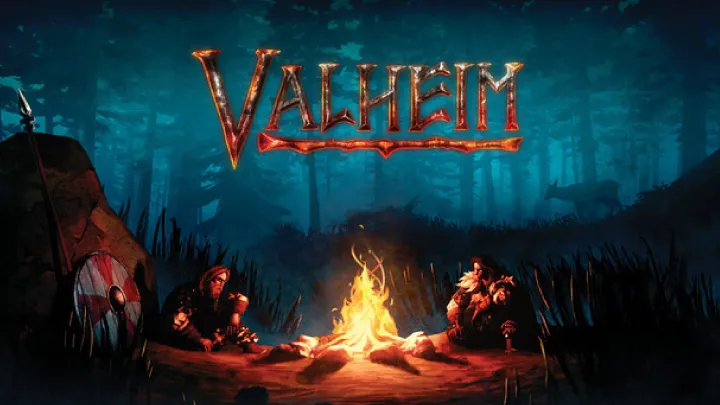
Valheim, developed by Iron Gate Studio, has taken the gaming world by storm since its early access release in 2021. This Viking-themed survival game invites players to explore a vast, procedurally generated world filled with danger, adventure, and opportunities for building and crafting. While it may initially seem like a straightforward survival game, Valheim delves into deeper themes surrounding survival, identity, and the human experience in the face of adversity. This article will explore how Valheim examines the quest for identity through the lens of survival, community, and the Norse mythology that pervades the game.
The Setting: A Norse Afterlife
Entering Valheim
Valheim is set in a Viking-inspired purgatorial realm, where players assume the role of a slain warrior tasked with pleasing the All-Father, Odin. This setting is significant, as it serves as both a backdrop for the player’s journey and a reflection of Norse mythology. The world is divided into biomes, each with its own unique challenges and creatures, from the meadows of the Meadows biome to the perilous swamps of Swamp.
The concept of Valheim as a Norse afterlife is crucial to understanding the identity struggles faced by players. The idea of being summoned to a realm for a purpose creates a sense of urgency and importance. Players must prove their worth as warriors, which is inherently tied to their actions and choices within the game. This narrative framework encourages players to reflect on their identity as they navigate the challenges of survival and exploration.
The Mythical Framework
Norse mythology is interwoven throughout Valheim, providing a rich tapestry of lore that enhances the gameplay experience. Players encounter various mythological elements, from the Yggdrasil, the world tree, to the formidable bosses that embody legendary creatures from Norse tales. This mythical framework not only enriches the narrative but also serves as a catalyst for players to explore their identity in relation to these larger-than-life figures.
The presence of mythological elements challenges players to consider how their actions align with the values and stories of the Viking culture. As players confront powerful foes and build their settlements, they engage in a journey that parallels the heroic sagas of Norse warriors. This connection to mythology deepens the player's relationship with their character and the world, prompting reflection on personal identity and purpose.
The Quest for Survival: Identity Through Adversity
The Struggles of Survival
At its core, Valheim is a survival game, requiring players to gather resources, craft tools, and build shelters to survive in a hostile environment. This emphasis on survival reflects the fundamental human experience of overcoming challenges and adapting to adversity. Each player faces the trials of hunger, health, and combat, forcing them to confront their limitations and develop resilience.
The struggle for survival is not just a gameplay mechanic; it is a journey of self-discovery. As players gather wood, hunt for food, and fend off enemies, they begin to understand their strengths and weaknesses. This process of trial and error fosters a sense of identity, as players learn to adapt and thrive in the face of danger. The challenges encountered throughout the game serve as opportunities for personal growth and resilience.
Building a Shelter: A Symbol of Identity
One of the first tasks players undertake in Valheim is building a shelter. This act is more than just a means of survival; it symbolizes the establishment of identity and belonging in the world. The design and construction of a player’s base reflect their personality and priorities, allowing for a unique expression of self.
Players can choose to create simple huts or elaborate Viking longhouses, incorporating various materials and decorations. This creative freedom allows for personal expression and fosters a connection to the physical space within the game. As players invest time and effort into their shelters, they cultivate a sense of ownership and identity, establishing a home in the vastness of Valheim.
Community and Cooperation: The Role of Allies
The Importance of Multiplayer
Valheim encourages cooperation and community-building through its multiplayer mechanics. Players can team up with friends or join public servers to tackle challenges together, sharing resources and strategies. This cooperative aspect enhances the survival experience, as players learn the value of collaboration in overcoming obstacles.
The need for teamwork in Valheim reflects broader themes of community and identity. By working together, players can achieve goals that would be difficult or impossible to accomplish alone. This collaboration fosters relationships and a sense of belonging, reinforcing the idea that identity is shaped not only by individual actions but also by communal efforts.
Building Relationships Through Shared Experiences
As players engage in cooperative gameplay, they create shared experiences that deepen their connections with one another. Whether it’s embarking on a raid against a powerful boss or gathering resources for a communal project, these moments forge bonds and foster a sense of camaraderie. The shared struggles and triumphs become a defining aspect of the players’ identities within the game.
Moreover, players often communicate through voice chat or in-game messages, sharing strategies and advice. These interactions create a dynamic environment where players can express themselves and connect with others. The support and encouragement from allies contribute to a positive gaming experience and reinforce the importance of community in shaping individual identities.
Crafting and Creation: Expressing Identity
The Crafting System
Valheim features a robust crafting system that allows players to create a wide variety of items, from tools and weapons to furniture and decorations. This system not only enhances gameplay but also serves as a means of self-expression. Players can customize their equipment and bases, reflecting their unique style and preferences.
The act of crafting becomes an extension of the player’s identity. Each item created tells a story of survival and creativity, showcasing the player's dedication to their journey in Valheim. This engagement with the crafting system encourages players to explore their identities as builders and creators, fostering a sense of pride in their accomplishments.
Personalizing Spaces
As players gather resources and craft items, they can personalize their spaces in meaningful ways. From the arrangement of furniture to the choice of building materials, each decision contributes to the overall aesthetic of the player’s home. This level of customization allows for a deeper connection to the game world and reinforces the idea that identity is multifaceted.
The ability to personalize spaces also encourages players to invest emotionally in their environment. A well-decorated home can evoke feelings of comfort and belonging, enhancing the overall gaming experience. This emotional connection to the space reflects the importance of identity in shaping one’s relationship with the game world.
Facing Challenges: Boss Battles and Personal Growth
The Journey of Confrontation
Valheim features a variety of formidable bosses, each representing unique challenges for players. These encounters serve as pivotal moments in the game, forcing players to confront their fears, develop strategies, and work together with allies. The journey to defeat these bosses is not only about gameplay; it is a significant aspect of personal growth and identity formation.
Boss battles require players to prepare diligently, gathering resources, crafting powerful weapons, and honing their combat skills. This preparation allows players to build confidence in their abilities, reinforcing their sense of identity as capable warriors. Overcoming these challenges becomes a testament to the player’s growth and resilience, further solidifying their place in the world of Valheim.
The Emotional Impact of Defeating Bosses
Defeating a boss in Valheim is often accompanied by a sense of triumph and accomplishment. The emotional impact of these victories resonates deeply with players, reinforcing their identities as warriors and survivors. Each victory serves as a milestone in the player’s journey, marking progress and growth.
Moreover, these encounters highlight the importance of community and collaboration. Players often face bosses as a team, relying on each other’s strengths to achieve victory. The shared experience of overcoming a formidable foe fosters a sense of unity and camaraderie, further enhancing the players’ identities as members of a resilient community.
The Exploration of Identity Through Lore
The Richness of Norse Lore
Valheim is steeped in Norse mythology, providing players with a rich narrative framework that enhances the gameplay experience. As players explore the world, they uncover lore through various means, including runestones, ancient structures, and encounters with mythological creatures. This exploration of lore adds depth to the player’s journey, allowing them to connect with the larger narrative of the game.
The intertwining of lore and gameplay encourages players to consider their place within the mythos of Valheim. Engaging with the stories of gods and heroes prompts reflection on personal identity and purpose. The desire to honor the All-Father and fulfill the quest laid before them becomes a driving force in the player’s journey, reinforcing the themes of identity and purpose.
Personal Connections to the Lore
Players often find themselves emotionally invested in the lore of Valheim as they uncover the stories of fallen warriors and legendary figures. These narratives resonate with players, prompting reflections on their own journeys and struggles. The connection between the player’s actions and the lore enhances the sense of identity within the game, as players seek to align themselves with the values and aspirations of the warriors they encounter.
Moreover, the sense of history within Valheim provides a backdrop for the player’s growth. As they explore the remnants of ancient civilizations and engage with the myths of the past, players are reminded that their own identities are shaped by the stories they embrace. This exploration of identity through lore adds depth to the gameplay experience, encouraging players to reflect on their values and aspirations.
The Role of Environment: A Reflection of Identity
The Biomes of Valheim
Valheim features a diverse array of biomes, each with its own unique characteristics, challenges, and resources. From the tranquil Meadows to the treacherous Mountains, each environment shapes the player’s experience and identity. The dynamic landscapes encourage exploration and adaptation, prompting players to engage with their surroundings in meaningful ways.
The biomes serve as a reflection of the player’s journey and growth. As players progress through the game, they venture into increasingly challenging environments, testing their skills and resilience. This progression mirrors the journey of self-discovery, as players learn to adapt to new challenges and embrace their evolving identities.
Environmental Storytelling
The environments in Valheim are rich with storytelling, providing players with insights into the world’s history and lore. Ruins, artifacts, and remnants of past civilizations tell tales of struggle and triumph, inviting players to engage with the narrative on a deeper level. This environmental storytelling encourages players to reflect on their own journeys and identities.
As players explore the landscapes of Valheim, they encounter the echoes of those who came before them. The remnants of ancient structures and the presence of mythical creatures serve as reminders that identity is shaped by a shared history. This connection to the past enhances the player’s understanding of their place within the world and emphasizes the importance of community and legacy.
Conclusion
Valheim is a profound exploration of identity, survival, and community within the context of Norse mythology. Through its engaging gameplay, rich lore, and dynamic environments, the game invites players to reflect on their identities as they navigate the challenges of the Viking afterlife. The journey from a fallen warrior to a capable survivor and community member is a transformative experience that resonates deeply with players.
